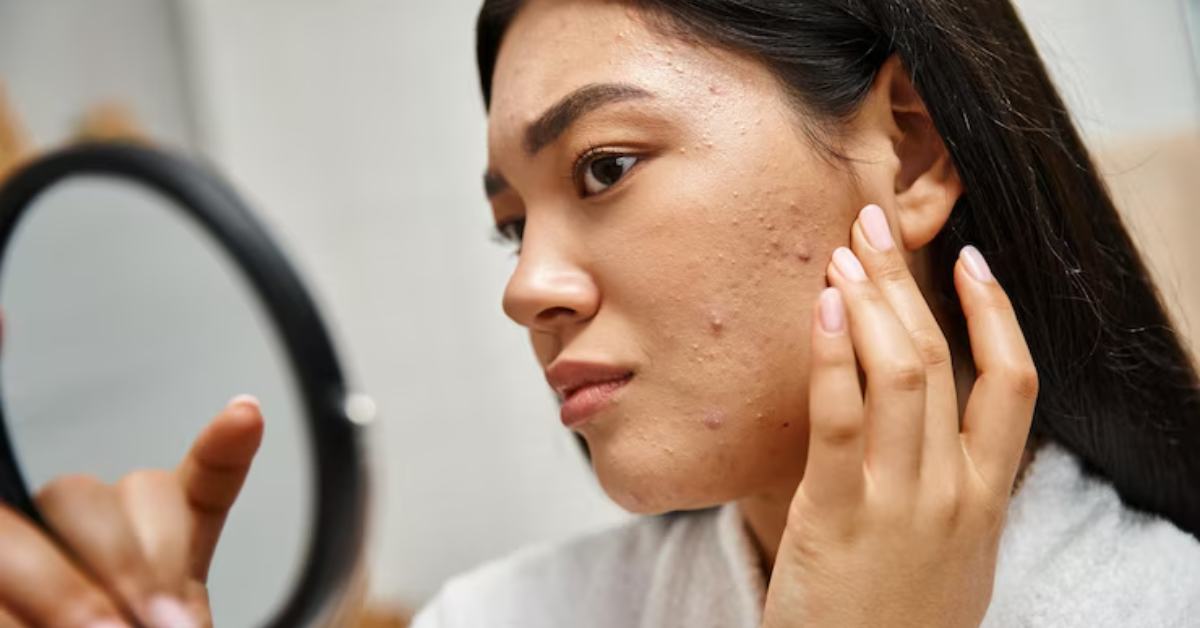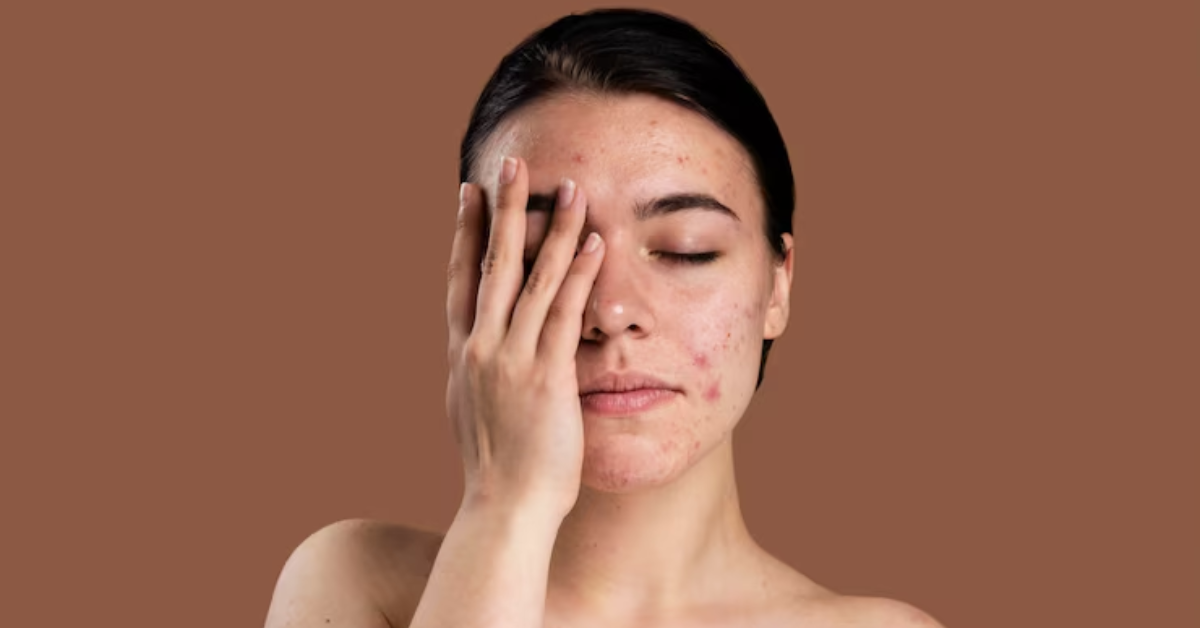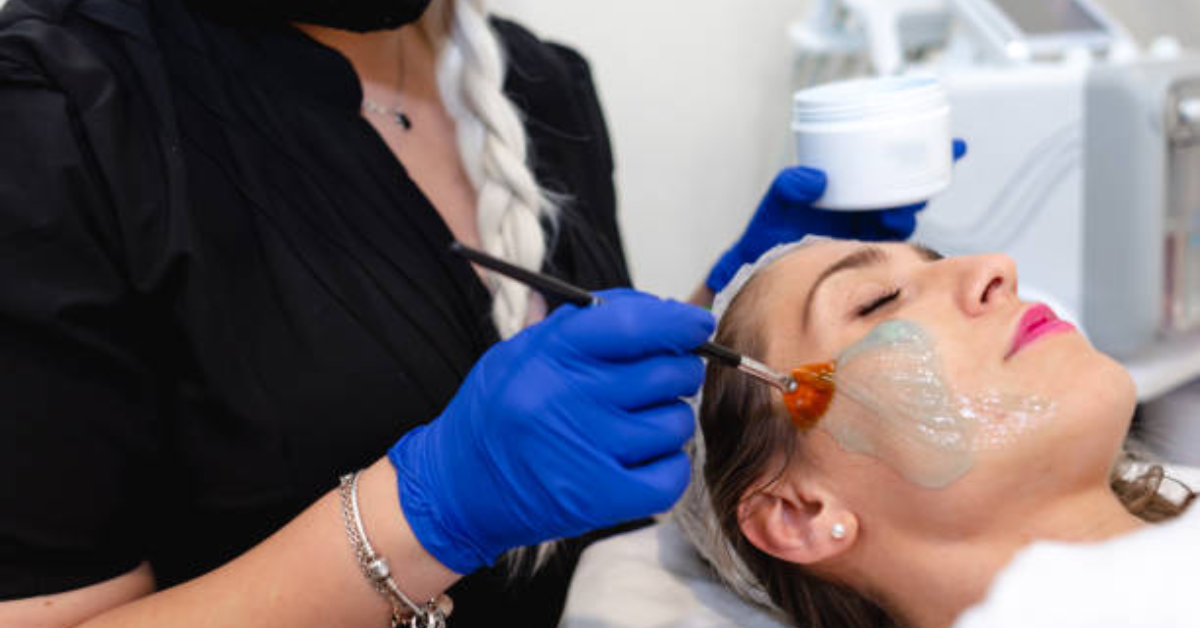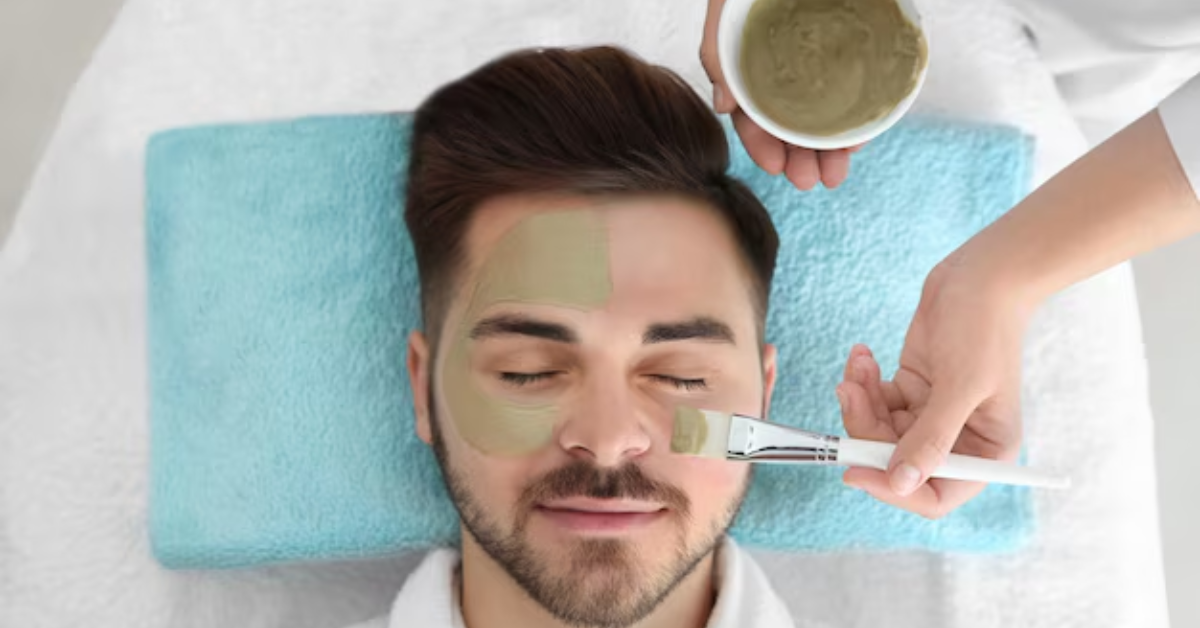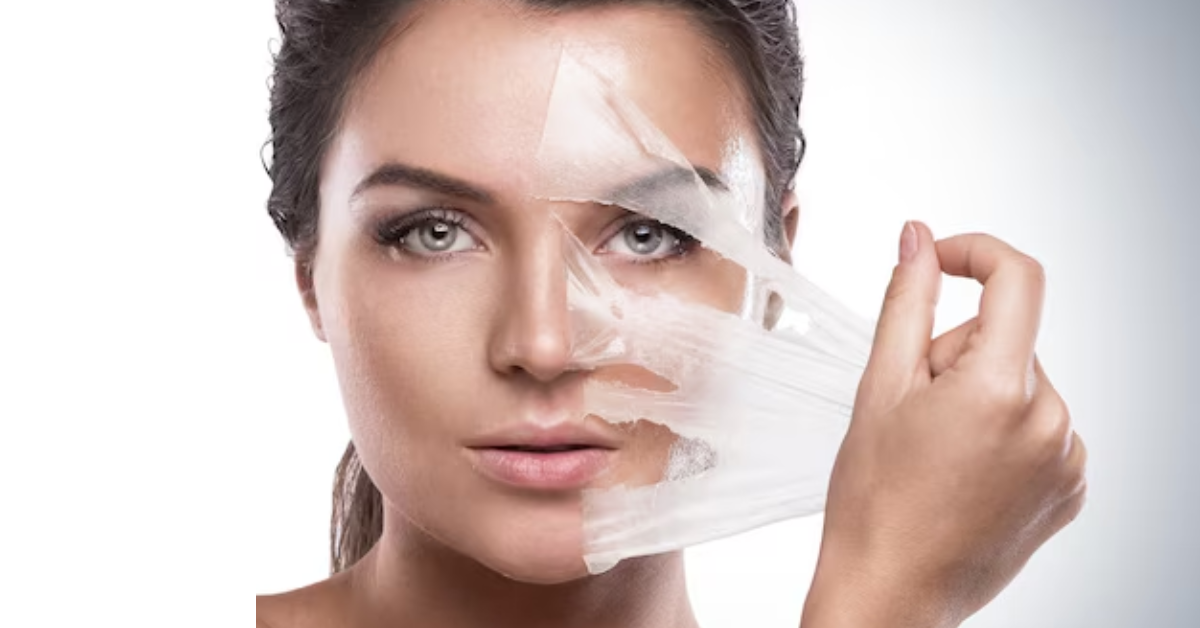What Is Treatment For White Pigmentation On Skin?
White pigmentation on the skin, often referred to as hypopigmentation, can be a source of concern and self-consciousness for individuals experiencing this condition. While it may not pose significant health risks, it can affect one's appearance and confidence. White pigmentation on the skin occurs when there is a loss or reduction in melanin, the pigment responsible for determining skin color. This can manifest as small patches or larger areas of lighter-colored skin, creating a noticeable contrast against the surrounding skin tone. The most common conditions associated with white pigmentation include vitiligo, hypopigmentation, and post-inflammatory hypopigmentation.
Vitiligo is an autoimmune disorder characterized by the destruction of melanocytes, the cells responsible for producing melanin. This results in the formation of white patches on the skin, which can gradually spread over time. Hypopigmentation refers to a general reduction in melanin production, leading to lighter-colored areas of skin. Post-inflammatory hypopigmentation occurs as a result of trauma or inflammation to the skin, such as burns, injuries, or certain dermatological procedures.
Importance of Seeking Treatment
While white pigmentation on the skin may not be harmful from a medical standpoint, it can have significant psychological and emotional implications for affected individuals. The visible contrast between the affected areas and the surrounding skin can impact one's self-esteem and quality of life, leading to feelings of self-consciousness, social withdrawal, and depression.
Seeking appropriate treatment for white pigmentation is crucial not only for addressing the visible symptoms but also for providing emotional support and reassurance to those affected. Treatment options vary depending on the underlying cause and severity of the condition, ranging from topical medications and phototherapy to surgical interventions and lifestyle modifications.
Causes of White Pigmentation
Vitiligo is an autoimmune condition characterized by the destruction of melanocytes, the cells responsible for producing melanin, the pigment that gives skin its color. The exact cause of vitiligo remains unclear, but it is believed to involve a combination of genetic, environmental, and immunological factors. In individuals with vitiligo, the immune system mistakenly attacks and destroys melanocytes, leading to the formation of white patches on the skin. These patches can occur anywhere on the body and may vary in size and shape. Vitiligo can also affect the hair and mucous membranes, such as the lips and genitals. While the exact triggers for vitiligo are unknown, factors such as stress, trauma, sun exposure, and certain autoimmune diseases may exacerbate the condition. Vitiligo can have significant psychological and emotional effects on affected individuals, impacting their self-esteem and quality of life. Treatment options for vitiligo aim to restore pigmentation to the affected areas and may include topical medications, phototherapy, and surgical interventions.
Hypopigmentation: Hypopigmentation, resulting from reduced melanin production, can stem from various factors like genetics, hormonal shifts, or skin damage. Conditions such as albinism, piebaldism, and Waardenburg syndrome are linked to hypopigmentation. Exposure to certain chemicals or medications can also induce it. While generally harmless medically, it affects appearance and confidence, often manifesting as lighter patches on the skin. Treatment options, including topical medications and laser therapy, aim to address underlying causes and improve skin tone.
Post-Inflammatory Hypopigmentation: Post-inflammatory hypopigmentation arises from skin trauma or inflammation, such as burns or injuries. This damages melanocytes, causing loss of pigmentation in affected areas. It often presents as white patches on the skin, which may fade over time. Severity and duration vary based on factors like injury extent and skin type. While it may resolve spontaneously, treatment options such as topical medications and laser therapy can aid in skin healing and pigment restoration.
Diagnosis and Evaluation
When experiencing white pigmentation on the skin, consulting a dermatologist is essential for accurate diagnosis and evaluation. Dermatologists are medical professionals specializing in diagnosing and treating skin conditions, including those causing white pigmentation. During the consultation, the dermatologist will conduct a thorough examination of the affected areas, discuss medical history, and inquire about any symptoms or triggers associated with the pigmentation. Consulting a dermatologist ensures that individuals receive expert guidance and personalized care tailored to their specific needs.
Medical History and Physical Examination
As part of the diagnostic process, dermatologists will take a detailed medical history and perform a comprehensive physical examination. This includes gathering information about past medical conditions, family history, medications, allergies, and lifestyle factors that may contribute to white pigmentation. The physical examination involves closely inspecting the affected areas of the skin, assessing the size, shape, distribution, and characteristics of the pigmented patches. By evaluating medical history and conducting a physical examination, dermatologists can gather valuable insights into the underlying cause of white pigmentation and develop an appropriate treatment plan.
Additional Diagnostic Tests
In some cases, dermatologists may recommend additional diagnostic tests to further evaluate white pigmentation and rule out underlying medical conditions. These tests may include:
Wood's Lamp Examination: A Wood's lamp emits ultraviolet light and can help dermatologists visualize certain pigmentation disorders more clearly. It may reveal patterns of pigmentation not visible under normal lighting conditions.
Skin Biopsy: A skin biopsy involves taking a small sample of skin tissue from the affected area for laboratory analysis. This procedure can help confirm the diagnosis and identify any underlying abnormalities or diseases affecting the skin.
Blood Tests: Blood tests may be conducted to assess immune function, thyroid function, or autoimmune markers that may be associated with certain pigmentation disorders, such as vitiligo.
By conducting additional diagnostic tests, dermatologists can obtain valuable information to guide diagnosis and treatment decisions, ensuring optimal outcomes for individuals affected by white pigmentation.
Treatment Options
Topical medications are often the initial treatment for white pigmentation disorders. They target melanocyte function directly on the affected skin to promote repigmentation. Corticosteroids, anti-inflammatory drugs, are commonly used to suppress the immune response and reduce inflammation in conditions like vitiligo and post-inflammatory hypopigmentation. Available in various forms, they can be used alone or combined with other treatments. Calcineurin inhibitors, another topical medication class, inhibit immune cells attacking melanocytes, allowing melanin production to resume. They're applied twice daily and serve as an alternative to corticosteroids, especially for sensitive areas. Vitamin D analogues, synthetic compounds mimicking vitamin D's effects, promote melanocyte activity and repigmentation. Commonly used in vitiligo treatment, they're applied once or twice daily. Treatment choice depends on factors like condition severity and patient preferences, with options including phototherapy, surgery, and cosmetic procedures. Working closely with a dermatologist allows individuals to explore treatments and develop personalized plans for better skin health and appearance.
Phototherapy
Phototherapy, also known as light therapy, is a treatment option for white pigmentation disorders that involves exposing the skin to specific wavelengths of light to stimulate melanocyte activity and promote repigmentation. Phototherapy works by targeting the affected areas of the skin with controlled doses of ultraviolet (UV) light, which helps to stimulate melanin production and restore pigmentation. There are several types of phototherapy used in the treatment of white pigmentation disorders, including narrowband UVB therapy and excimer laser therapy.
Narrowband UVB therapy uses a specific UVB light wavelength to treat white pigmentation disorders like vitiligo and hypopigmentation. Skin is exposed to UVB light from a specialized lamp or light box, usually two to three times weekly, with exposure times gradually increasing to minimize side effects. This therapy promotes repigmentation safely and effectively, either alone or combined with other treatments.
Excimer laser therapy targets localized white pigmentation areas with a precise UVB light beam. Unlike traditional phototherapy, it precisely treats individual lesions or patches, minimizing exposure to healthy skin. Particularly useful for stubborn or small areas, it's beneficial for vitiligo patients unresponsive to other treatments.
Adverse Effects of Treatment
While treatments for white pigmentation on the skin can be effective in promoting repigmentation and improving cosmetic appearance, they may also carry potential risks and adverse effects. Depending on the type of treatment used, adverse effects may vary and can include skin irritation, redness, itching, burning sensation, dryness, and allergic reactions. For example, topical medications such as corticosteroids and calcineurin inhibitors may cause skin thinning, steroid-induced acne, or skin discoloration with prolonged use.
Phototherapy treatments such as narrowband UVB therapy or excimer laser therapy may increase the risk of sunburn, skin sensitivity, or hyperpigmentation in some individuals. Surgical interventions such as autologous skin grafting or blister grafting may carry risks of infection, scarring, or uneven pigmentation. It is essential for individuals undergoing treatment to be aware of potential adverse effects and to communicate any concerns or symptoms with their healthcare providers promptly.
Psychosocial Impact
Living with white pigmentation on the skin can have significant psychosocial effects on affected individuals, impacting self-esteem, body image, and emotional well-being. Individuals may experience feelings of embarrassment, self-consciousness, and social isolation due to visible changes in their appearance. Psychosocial impact may be particularly pronounced in cases where white pigmentation is extensive, noticeable, or difficult to conceal. Individuals may also face challenges in interpersonal relationships, social interactions, and professional settings, leading to feelings of depression, anxiety, and low self-confidence. It is essential for individuals affected by white pigmentation to seek emotional support, counseling, and guidance to address psychosocial concerns and develop coping strategies for managing emotional challenges.
Importance of Ongoing Care
White pigmentation disorders often require long-term management and ongoing care to achieve optimal outcomes and maintain skin health. Even after successful treatment, individuals may need to continue with maintenance therapy, regular follow-up appointments, and lifestyle modifications to prevent recurrence, monitor for complications, and address any emerging issues. Dermatologists or qualified healthcare providers can provide guidance on ongoing care and preventive measures to minimize the risk of complications and promote skin health. This may include recommendations for sun protection, skincare routines, stress management techniques, and psychological support services. By prioritizing ongoing care and maintaining open communication with healthcare providers, individuals affected by white pigmentation can effectively manage their condition, improve their quality of life, and achieve healthier, more vibrant skin in the long term.
Conclusion
White pigmentation on the skin can have a significant impact on both physical appearance and emotional well-being. Seeking professional treatment is crucial for individuals affected by pigmentation disorders, as it allows for accurate diagnosis, personalized treatment plans, and ongoing care. By emphasizing the importance of seeking professional help and encouraging awareness and understanding of white pigmentation, we can empower individuals to take proactive steps towards managing their condition, improving their skin health, and enhancing their overall quality of life. Through collaboration with dermatologists and healthcare providers, along with access to supportive resources and services, individuals can navigate their journey with white pigmentation with confidence and resilience.

